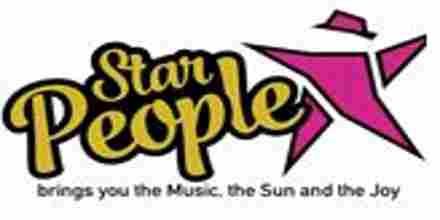Acid jazz is a fusion genre that emerged in the late 1980s, blending elements of jazz with funk and electronic dance music. The term "acid" refers to the use of the Roland TB-303 synthesizer, which was popularized by acid house music but found a new home in this eclectic blend of sounds. Acid jazz is known for its infectious grooves, improvisational spirit, and a distinctive sound that often incorporates live instruments alongside electronic beats.
The genre's roots can be traced back to the vibrant club scenes of London in the late 1980s and early 1990s. Artists like Brand New Heavies, Incognito, and Jamiroquai were at the forefront of this movement, creating music that was both danceable and musically complex. The fusion of jazz with electronic beats and funky basslines created a unique sound that appealed to a wide audience.
One of the defining characteristics of acid jazz is its use of live instrumentation. Saxophones, trumpets, and other wind instruments are often featured prominently, adding a layer of improvisation and spontaneity to the music. This live element sets acid jazz apart from other electronic genres and gives it a more organic feel. The incorporation of samples and loops from classic jazz records further enriches the sound, creating a rich tapestry of textures and rhythms.
The basslines in acid jazz are typically deep and funky, providing the foundation for the music's infectious grooves. Drum machines and live drumming are often used interchangeably, with producers like DJ Shadow and Roni Size blending electronic beats with traditional jazz percussion to create complex and dynamic rhythms. The use of turntables and scratching techniques also adds a layer of improvisation and creativity to the genre.
Acid jazz is not just about the music; it's also about the culture and aesthetics that surround it. The genre has been closely associated with the fashion and design trends of the 1990s, with artists often incorporating elements of vintage clothing, retro graphics, and psychedelic imagery into their visual presentations. This attention to detail extends to album artwork and music videos, which often feature intricate designs and a distinctive visual style.
The influence of acid jazz can be heard in various other genres, including trip-hop, nu-jazz, and even modern hip-hop. Artists like D'Angelo and Erykah Badu have cited acid jazz as an inspiration for their own work, blending elements of the genre with soul, R&B, and electronic music to create unique and innovative sounds.
In recent years, acid jazz has seen a resurgence in popularity, with new artists and producers continuing to explore and expand upon the genre's boundaries. Festivals and clubs around the world host acid jazz events, attracting fans who appreciate the genre's blend of musical complexity and danceability. From its roots in the London club scene to its global influence today, acid jazz remains a vibrant and dynamic force in contemporary music.
The legacy of acid jazz is one of innovation and creativity, with artists continually pushing the boundaries of what is possible within the genre. Whether it's through the use of new technologies or the incorporation of different musical styles, acid jazz continues to evolve and inspire new generations of musicians and listeners alike. Its unique blend of jazz, funk, and electronic music has created a sound that is both timeless and forward-thinking, ensuring its place in the pantheon of great musical genres.
 Star PeopleStar People
Star PeopleStar People 1.5k
Spain Acid jazz 256 kbps MP3
1.5k
Spain Acid jazz 256 kbps MP3 Jazz-Radio.netJazz-Radio.net
Jazz-Radio.netJazz-Radio.net 618
Spain, Zaragoza Acid jazz
618
Spain, Zaragoza Acid jazz 343
343
 1
Greece, Athens Acid jazz 320 kbps MP3
1
Greece, Athens Acid jazz 320 kbps MP3



